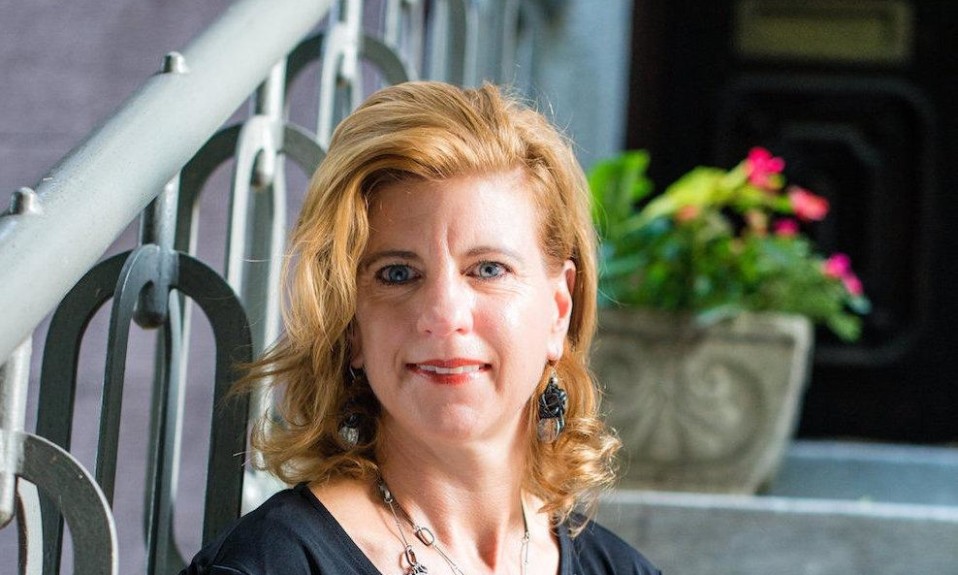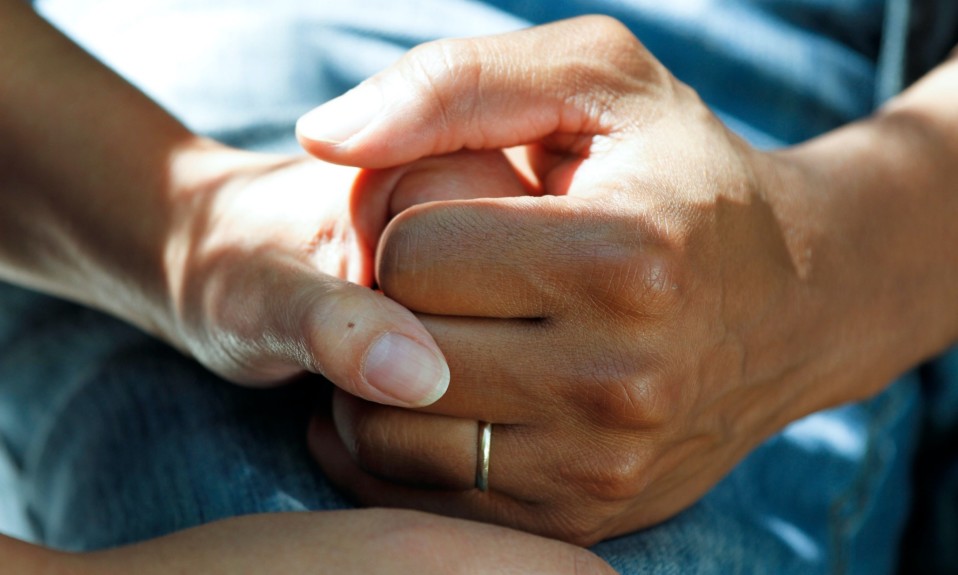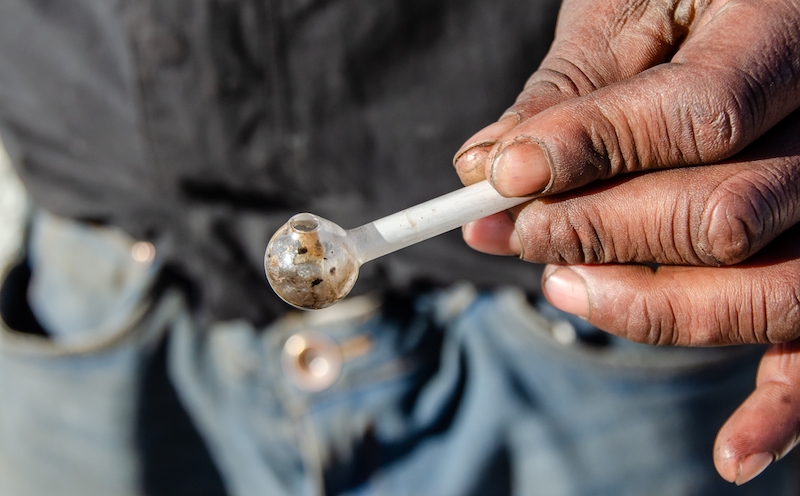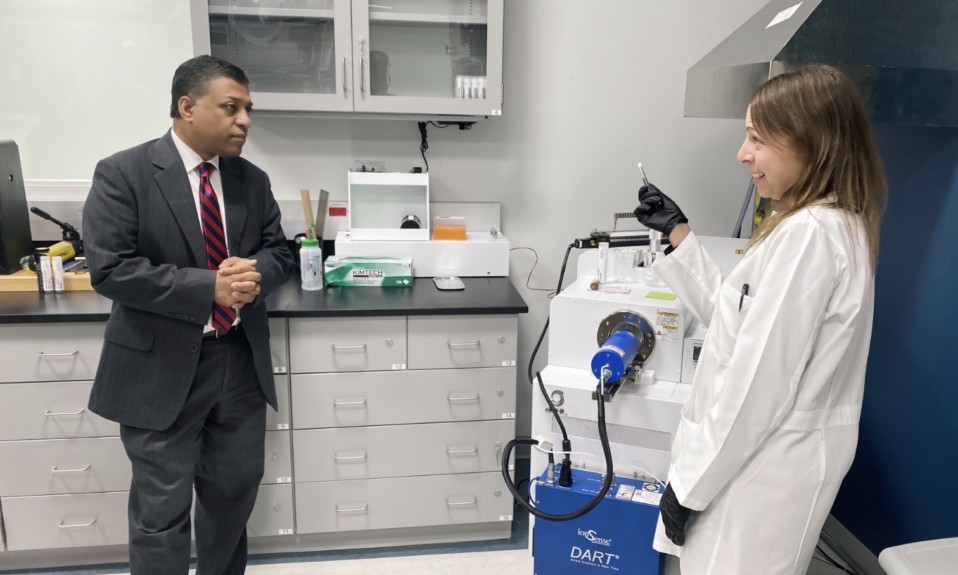Chantal Jauvin’s new book explores the ups and downs of rebuilding relationships in recovery
By Jason Langendorf
March 24, 2021Chantal Jauvin, a Philadelphia-based former general counsel for Western Union and the co-author of The Boy with a Bamboo Heart, has written her second book, Love Without Martinis: How Couples Build Healthy Relationships in Recovery, Based on Real Stories, about navigating the perils of addiction as a couple.
Jauvin hadn’t yet married Bill, a former CEO, when she discovered his drinking problem. She struggled for answers when he—and their relationship—began to spiral out of control. In Love Without Martinis, Jauvin writes of Bill’s recovery, her own self-exploration, and their journey toward a trusting and vibrant relationship. It’s one of the book’s six stories of true-life couples, plus one account of a fictional couple that’s a composite of real relationships. Jauvin also tapped experts to add depth and clinical perspective to her narratives.
Love Without Martinis is scheduled to be published on April 6 but is available for pre-order. TreatmentMagazine.com spoke with Jauvin about the book and the insights she’s gained about addiction.
In recovery, we talk about needing to reestablish connection, and one of the primary connections for many of us is our romantic relationship. Yet there isn’t very much on that [information] in the field.”—Chantal Jauvin, author of “Love Without Martinis”
Q: What inspired you to write Love Without Martinis?
A: The main motivation was, basically, it was the book I wish I could have read when my husband left treatment. I was fortunate enough that I had never encountered substance use disorder firsthand. No one in my circle of friends or family had been touched by it. And when Bill came home from treatment, I had no idea what to expect. Although I was involved with Alcoholics Anonymous and I had participated in the family education program at Caron Treatment Centers, I just didn’t know what our conversations should look like, what I should do to create a safe environment for him. So what I wanted was to read about other couples and how they had navigated early recovery. I also wanted to read something that I could identify with in terms of some of the setbacks you encounter and doubts you have, and how you work through that.
Also, now that I’m in long-term recovery, I want to offer support to other couples. There is a lot of support for individual recovery through fellowships, different pathways, therapy workshops—all the options—but there’s not very much for couples. I wanted to contribute to the resources available to couples. And the third reason, certainly not least, is to help destigmatize the area of recovery. My husband and I are executives, and it’s not discussed very openly. I felt that by sharing our story, and the stories of other couples, we could open up the dialogue and make it much more acceptable to have a conversation around substance use disorder and what the recovery process looks like.
Q: Is it more difficult for someone in a leadership position to confront and openly discuss addiction?
A: I recall my husband in early recovery talking about the shame and the guilt. Having had the leadership roles, having had access to treatment center therapy—all these resources and attending fellowship meetings—and feeling that it was very difficult for him to share because he wasn’t struggling with the same issues as others, whether it was shelter or financial stability. He can be referred to as a high-functioning alcoholic, where people had never seen him inebriated. People had not seen him out of control. So to speak of his recovery and the fact that he had to go to treatment, to address his substance use disorder, was difficult.
I wanted [the book] to be as relatable as it could be to couples who are facing recovery and the challenges that recovery brings. So each couple [that is featured] brings a different perspective into the recovery process.”—Chantal Jauvin
For me, I used to be a general counsel at Western Union, and I had a team of attorneys around the world from different cultures, different environments, different educational backgrounds. My entire career, I had navigated through all these differences and led people to complete deals, and I’d go speak to regulators in Spain and South Africa. But here I was with the person I loved, in my home, and I felt I couldn’t fix this problem. How am I failing? We talk commonly about this imposter syndrome for executives in their jobs. But when you’re facing a substance use disorder in your home, you feel that same imposter syndrome at home because you feel like you should be able to get your hands around this and effect change. And yet you struggle.
Q: You brought several experts into the book, including Caron Treatment Centers CEO Doug Tieman and addiction counselor and specialist Jeremy Frank. Why was it important to you to have them in the mix?
A: I wanted the support of clinicians and experts in the field who would bring qualifications and support to the book from their own experience in the industry. So when I approached Doug to write the foreword, he was very enthused. He saw that there was a void in the literature addressing the recovery of couples, and he’s actually been doing this for over 30 years. He didn’t know of any books that had the voices of couples. In recovery, we talk about needing to reestablish connection, and one of the primary connections for many of us is our romantic relationship. Yet there isn’t very much on that [information] in the field. Jeremy Frank is the same: He’s in private practice, he’s supported individuals in their recovery, and he speaks from a wealth of experience as a clinician and as a Ph.D. in the area.
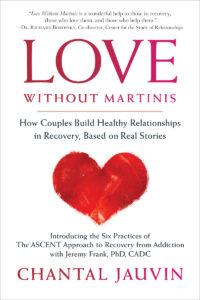
I had a very specific goal in mind, and that was to support couples who had been together in active addiction and decided to build a healthy relationship in recovery. But I interviewed many more couples than those who are featured in the book. There was a lot of wisdom in the stories, but what I was really looking for are the couples who both embrace recovery. When I structured the narrative stories of the couples, it was to reinforce the concepts that exist in the recovery literature, so it’s not writing stories or telling stories only for the sake of telling stories.
One of the books that really informed my research and interviewing was the work by [Stephanie] Brown and [Virginia] Lewis, The Alcoholic Family in Recovery, which is an early work that’s sort of a standard. So there were some criteria when I finally decided on these specific couples: They had to have been together before, in active addiction, and they had to have rebuilt their relationship in recovery. And in the book, the couples are not all at the same stage. The first couple, at the time of the interview, is 11 months into recovery. Whereas the last couple, Sherri and Larry, are 11 years in recovery. So it shows the different times in recovery. Recovery is not linear.
Q: Is that why you chose to highlight so many different recovery stories?
A: I wanted it to be as relatable as it could be to couples who are facing recovery and the challenges that recovery brings. So the first couple was a traditional couple, married 30 years. David retires, and his addiction takes over. Then you have Luke and Nadia, who are in their 30s, aren’t married and have a child—and there’s a DUI. Tim and Chuck are a gay couple and faced multiple health issues, and you have a relapse. So each couple brings a different perspective into the recovery process.
Q: What was the most difficult hurdle to clear in terms of dealing with addiction in your own relationship?
A: The first one was realizing there was addiction in our home, because I had not been exposed to it. And there have been so many events in my husband’s life: his mother’s death, a cross-country move, an acrimonious divorce. There were so many moving parts, but I thought he was just going through a grieving process. He was also recently retired as a CEO, so there were a lot of changes happening. But the first hurdle was identifying that one of the root causes of difficulty in our relationship was addiction. The second part was understanding that I myself had to engage in recovery work; I think that’s part of the conversation we don’t have enough openly—understanding that you’re a unit. There’s the “me” recovery, there’s the “you” recovery, but there’s the “us” recovery. And the “us” cannot happen if only the person with the substance use disorder is in recovery. The partner also has to enter recovery.
Q: Was there anything you discovered along the way that didn’t make it into the book?
A: Part of what is still very important to me is the opening of the conversation and the public dialogue. I’m an ovarian cancer survivor. There is no stigma attached to talking about my recovery process from cancer. I still have people email me and say, “Oh, my sister has ovarian cancer. Can she give you a call?” I’m happy to do that. But it is much rarer for a friend or acquaintance to send me an email and say, “Hey, my sister and her husband are in early recovery. Can you talk to her about what it’s like to love someone who’s going through recovery?” And I think that’s because there’s still so much stigma attached to [addiction]. There are so many people who believe it’s a moral failure, a failure of character. Why can’t they just stop drinking? That’s very much part of the conversation we still need to have.
I think the most important step for a couple is to understand that both partners need to do their own recovery work. …It’s recognizing that each of you have some work to do and that the work may be very different, and then establishing a way to communicate with each other.”—Chantal Jauvin
The other part we haven’t talked about yet is also the myth of recovery for couples. When you have a couple that has been dysfunctional for a long time and one of the partners enters recovery, either through treatment or another pathway, there’s the myth that their relationship is now safe because the drinking is gone—the dependence on the substances is gone. And so now they will be able to talk openly and be intimate and sexual again. But that doesn’t miraculously happen because you’ve taken away the substance. There’s a lot of behavior that has to be addressed. There’s a lot of healing that has to go on, to be worked through, for the couple.
Q: What are the first steps you’d recommend for couples that are dealing with addiction?
A: Much of it is very individual in terms of where the couple is [in their relationship]. That’s one of the reasons there’s so little focus and literature on couples: There are some elements of it that are so individual. You’ve got two people trying to deal with a lot of aspects of their experience, healing at once. We’re doing all this individual work, but at the end of the day we’re still having breakfast together, coming to the same bed at night. What do you say? What do you not say? What do you do? What do you not do? All of that is an area that’s sort of cloaked.
So I think the most important step for a couple is to understand that both partners need to do their own recovery work. It’s not just the person who is in sobriety who needs to look at themselves. The one who loves them has to do that same self-exploration and see where they need to grow up. It’s recognizing that each of you have some work to do and that the work may be very different, and then establishing a way to communicate with each other.


